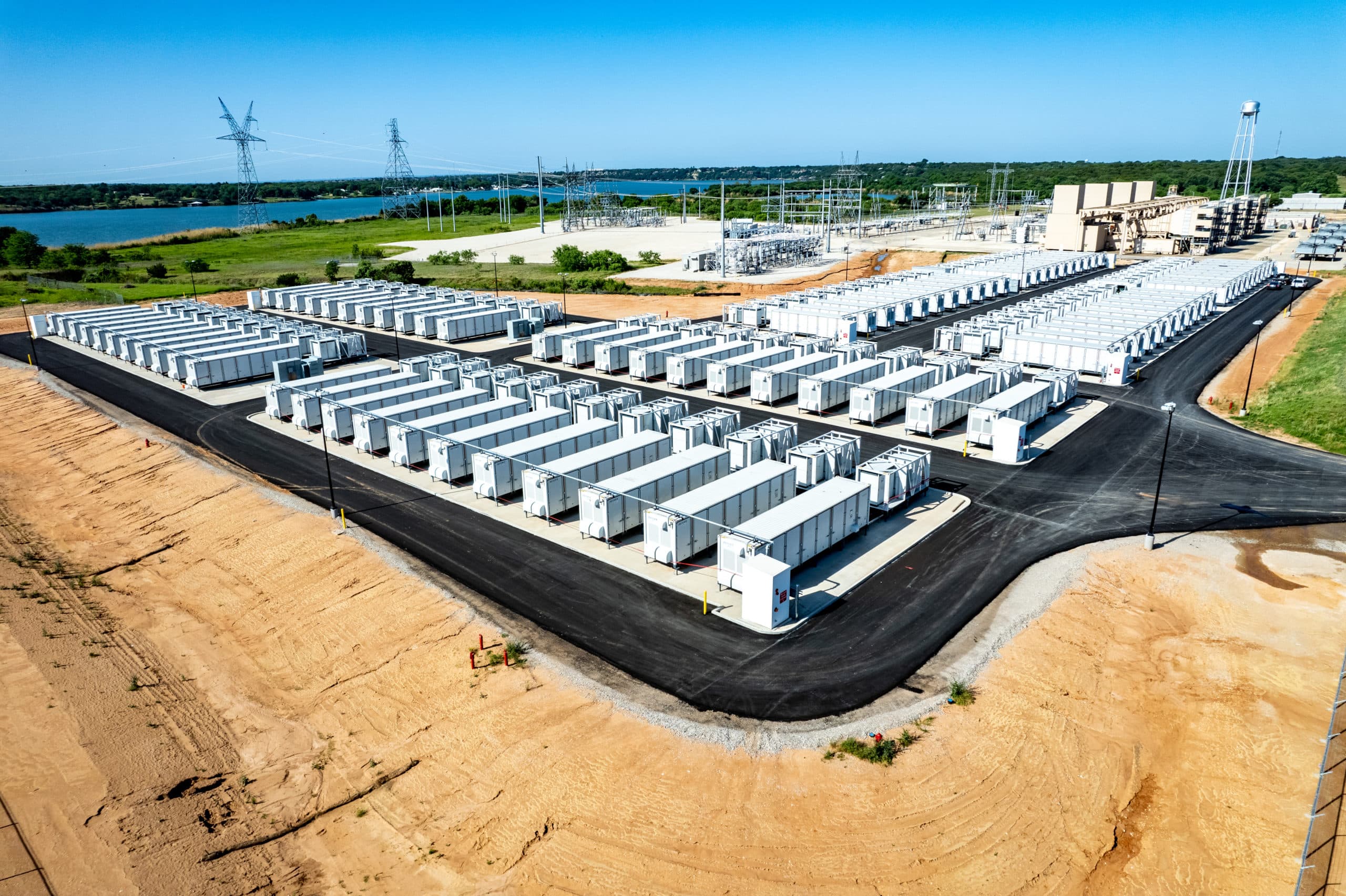Texas Grid Adds Hundreds of Megawatts in New Battery Storage, Boosting Reliability

The Texas energy grid is experiencing a significant influx of large-scale battery storage systems, with numerous projects exceeding 50 megawatts (MW) recently coming online or under construction. This surge is poised to enhance grid reliability and support the state's rapidly growing electricity demand. As noted by Shanu Mathew in a recent social media post, "> '50+ mw batteries are incoming to a grid near you (well, Texas mostly but eventually),' " highlighting the concentrated development within Texas.
Among the latest additions, CPS Energy announced the September 30, 2025, operational start of Padua 1, a 50 MW Battery Energy Storage System (BESS) in Bexar County. This project, developed by Eolian, L.P., is part of a larger 400 MW Padua Grid complex expected to be the largest battery deployment in Texas upon its early 2026 completion. Separately, GridStor inaugurated its 220 MW / 440 MWh Hidden Lakes Reliability Project on November 4, 2025, capable of powering 140,000 average Texas households.
Other developers are also significantly expanding Texas's battery capacity. RWE Clean Energy is constructing three new BESS projects—Crowned Heron 1 and 2, and Cartwheel 1—totaling 450 MW in Fort Bend County and Sulphur Springs. Houston-based Greenflash Infrastructure is building Project Soho, a 400 MW/800 MWh standalone BESS in Brazoria County, slated to be online before July 2026.
These large-scale battery systems are crucial for stabilizing the Electric Reliability Council of Texas (ERCOT) grid, especially during peak demand and extreme weather events. They absorb excess electricity during low demand and dispatch power within seconds when needed, integrating cleaner energy resources. Texas has emerged as a leading U.S. market, with operational utility-scale battery capacity increasing over 4,100 percent to 5,707 MW between September 2020 and September 2024, according to the U.S. Energy Information Administration.
The trend indicates a continued robust pipeline, with ERCOT reportedly receiving applications for 125,000 MW of battery storage capacity. Industry experts note that while a 50 MW battery was once considered large, developers are now routinely deploying projects several times that size, capitalizing on cost savings and maximizing power revenues. This ongoing expansion underscores Texas's pivotal role in the national energy storage landscape.